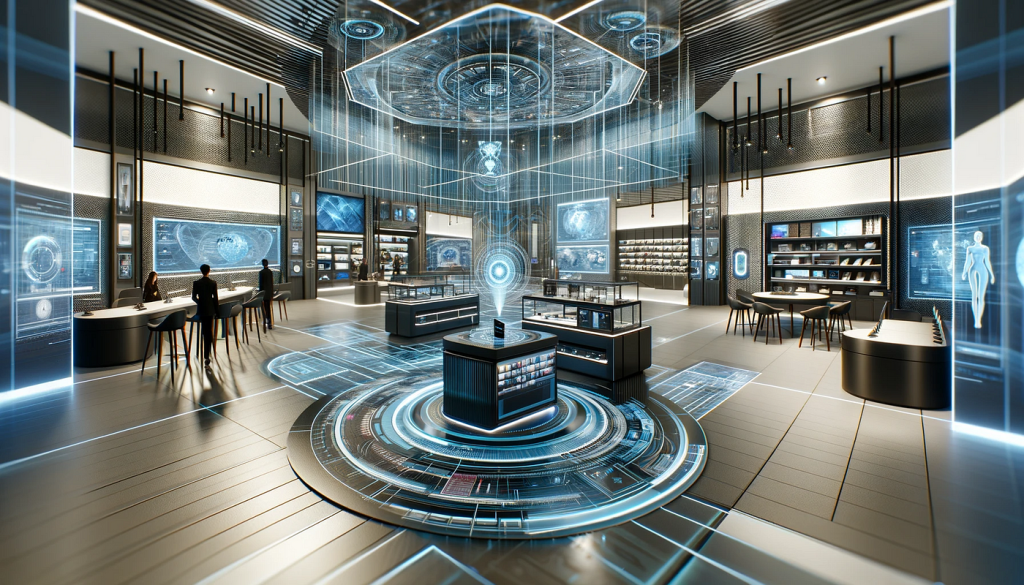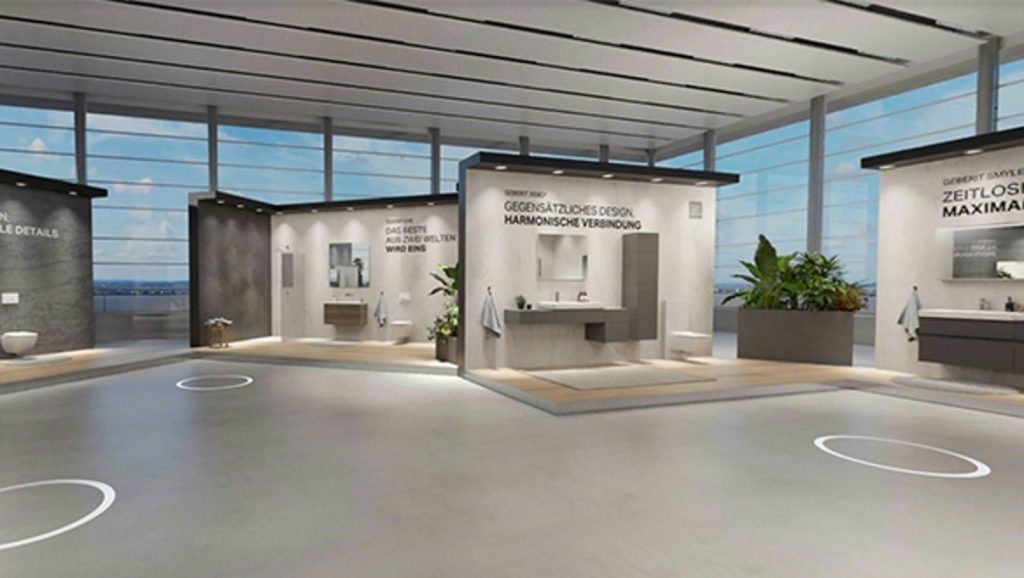Imagine browsing 3D furniture, with real measurements, from the comfort of your couch. This isn’t science fiction – it’s the reality of 3D virtual showrooms, the future of retail.
Traditional showrooms, while familiar, have limitations. Limited product selection, travel requirements, and the pressure of salespeople can hinder the shopping experience. 3D technology is shattering these barriers, creating a world of limitless possibilities for both businesses and consumers.

The Rise of Virtual Showrooms
The retail landscape is undergoing a digital revolution. The Global Consumer Behavior Report indicates a 72% increase in customer interest in virtual showrooms since 2022. This surge is fueled by advancements in 3D modeling, rendering, and augmented reality (AR). Forget static images – virtual showrooms allow customers to explore products in stunning 3D detail, removing geographical limitations and opening doors for anyone with an internet connection.
Beyond the Screen: Immersive Experiences Redefined
3D virtual showrooms aren’t just online catalogs; they’re immersive experiences that rival physical showrooms. Imagine rotating a product 360 degrees to examine intricate details, zooming in on fabric textures, or even virtually placing furniture in your home to see how it looks before you buy. This level of engagement fosters a deeper connection with products, allowing customers to make informed decisions with confidence.

Convenience at Your Fingertips
Virtual showrooms prioritize accessibility. With a few clicks, you can explore a vast catalog of products, 24/7, regardless of location. This is a game-changer for people with mobility limitations or those living in areas with limited retail options.
The Perfect Blend: Bridging the Physical-Digital Divide
While virtual showrooms offer unparalleled convenience, they aren’t meant to replace the physical shopping experience entirely. Many companies are adopting a hybrid approach, leveraging the strengths of both digital and physical platforms. Customers can browse and configure products online before visiting a showroom for a hands-on experience. This seamless integration caters to diverse customer preferences and creates a more holistic shopping journey.
The Future is Bright: A World of Boundless Potential
The future of virtual showrooms is brimming with possibilities. Advancements in AI, virtual reality (VR), and haptic feedback will create even more immersive experiences. Imagine virtually trying on clothes or feeling the texture of a sofa before you buy. Additionally, the widespread adoption of 5G networks will enable smooth streaming of high-quality 3D content, making virtual showrooms an even more attractive option for both businesses and consumers.
Conclusion
The emergence of 3D virtual showrooms is a paradigm shift in retail. These digital platforms offer convenience, accessibility, and a whole new way to explore products before you buy. As technology continues to evolve, the possibilities are endless. By embracing 3D technology, businesses can forge deeper connections with customers and redefine the shopping experience for the digital age. So, step into the future and explore the exciting world of virtual showrooms!
